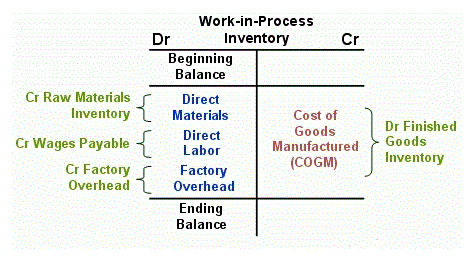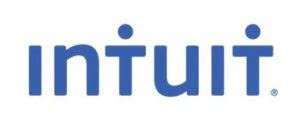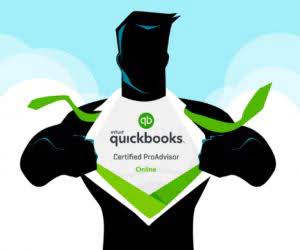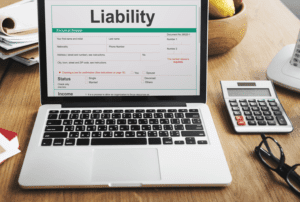
Those ultra-high interest rates on your credit cards aren’t fixed in stone. Call the card company and ask for a reduction in the annual percentage rates (APR). This won’t lower your outstanding balance, but it will keep it from mushrooming as fast. Call the bill companies to see how much you can pay now to get back on track toward a positive status. Don’t be afraid to request bill extensions or payment plans from creditors.
Organization

However, while any Annual Report looks into the past and depicts the firm’s historical performance, the Master Budget is all about the future of an organization. Accounting software is designed to simplify and automate financial processes, including budgeting. It provides real-time visibility into a company’s financial data, making tracking and analyzing financial performance easier. Businesses can use accounting software to create budgets, track expenses, and generate reports, saving time and increasing accuracy.

How to Prepare a Company’s Master Budget?
- Master budgets are prepared as part of small business accounting, usually on a monthly or quarterly basis to cover the full fiscal year.
- These financial statements provide valuable information that is used to prepare the lower-level budgets and the master budget.
- A cash-flow budget helps managers determine the amount of cash being generated by a company during a specific period.
- It is typically prepared annually and serves as a blueprint for a company’s financial operations.
You can only get by without knowing your cash flow for so long before you get into financial trouble, so make the time to know the flow of your cash. Budgeting should be something that everyone does, regardless of their financial situation. With many perspectives on the budget process come potential differences in opinion.
Data Analytics Tools
Knowing what a Budget is and how to prepare one from scratch are two of the most fundamental skills a financial analyst needs to have under their belt. But to unlock the full potential of budgets, you need to have a clear sense of the specificities that go into handling them. Most large-scale organizations will have not one but several documents that all feed into the holistic Master Budget.
Cash-Flow Budget

Even small ones such as a night out with friends, a concert, or a little extra cash for spending can help. Your budget can keep you out of overwhelming debt and help you build a financial future that will give you more freedom, not less. So think about the future you want and remember that keeping to your budget will help you get there. Adding to your debt load, on the other hand, will mean that your financial future could be less bright. Keep your receipts so that you know exactly how much you spend each month. This can help you determine how much to budget for any expenses that may change from month to month.
- Establishing a set of key performance indicators (KPIs) to evaluate your master budget performance is the most important step of implementation.
- Follow these seven steps to create your budget and adjust it as needed to reach specific financial goals.
- Be sure to communicate the rationale for decisions in clear and concise language.
- If you feel like you’re the only one in your group who is on a budget, search for some like-minded folks.
- Finance Strategists has an advertising relationship with some of the companies included on this website.
- We can then make changes along the way to ensure that we arrive at the desired goals.
Take self-paced courses to master the fundamentals of finance and connect with like-minded individuals. Someone on our team will connect you with a financial professional in our network holding the correct designation and expertise. Our team of reviewers are established professionals with decades of experience in areas of personal finance and hold many advanced degrees and certifications. At Finance Strategists, we partner with financial experts to ensure the accuracy of our financial content. A budget is an estimate of expenses a party will incur, usually broken out by category, for the purpose of providing a roadmap that the party should follow.
- With the right set of metrics, you’ll have a direct view of what matters most.
- Sometimes budgeting just isn’t a priority because you have too much on your plate.
- Once you have that out of the way, you are ready to calculate projected sales.
- In a top-down budget approach, the the budget is created by senior management and then passed down to the lower levels for execution.
- The operating budget includes the expenses and revenue generated from the day-to-day business operations of the company.
- While budgets are useful for individuals, they are necessary for larger entities such as corporations and governments which require coordination between multiple people and initiatives.
- You may also want to consider FP&A software, which creates a single source of truth for all budgeting data, historical budgets, tracking, and measurement.
Establishing a collaborative budgeting framework
What it does mean is that you can maintain control over where your money goes and enjoy greater financial confidence and success. Schedule regular stakeholder meetings to review and discuss budget proposals and align them with broader objectives. View a proposal through the lens of its cost and its alignment with wider goals. Budgets should maximize opportunities for operational improvement while maintaining baseline profitability. Technology makes it easier than ever to share ideas and centralize research for budgeting. Use messaging platforms such as Slack or Microsoft Teams for quick feedback and centralized communication in budgeting.

But once you’ve gone through the first few months, it should become easier to stick to it. Remember, the strength of a master budget lies in its ability to unite a team towards shared financial objectives. So, start incorporating these what is a master budget best practices today to create a master budget that truly drives your organization forward. Involving operational leaders also keeps them in the loop on larger organizational objectives, which helps them support those goals.
It is based on the sales forecast and considers the inventory levels, production capacity, and production efficiency. The production budget is essential for managing inventory levels, determining production costs, and achieving sales targets. Monthly updates suit businesses with a complex financial planning cycle, such as those with multiple products, services, or revenue streams. Monthly updates allow businesses to track their financial performance in real-time and make informed decisions based on the available data. A master budget is a living document that should be updated regularly to reflect changes in the business’s financial activities. Depending on the business’s size, complexity, and financial planning cycle, the master budget can be updated monthly, quarterly, or annually.
How Can Businesses Leverage Technology and Software Tools to Streamline and Automate the Master Budgeting Process?
At the end of each period, actual results can be compared with the master budget and necessary control actions can be taken. The master budget includes all the lower-level budgets, such as sales, production, marketing, and cash. It is based on historical sales data, market trends, and other relevant factors such as consumer behavior, economic conditions, and competition. The production budget is a plan for producing goods and services required to meet the sales targets set in the sales budget. It considers the expected product demand, production capacity, and inventory levels.




















